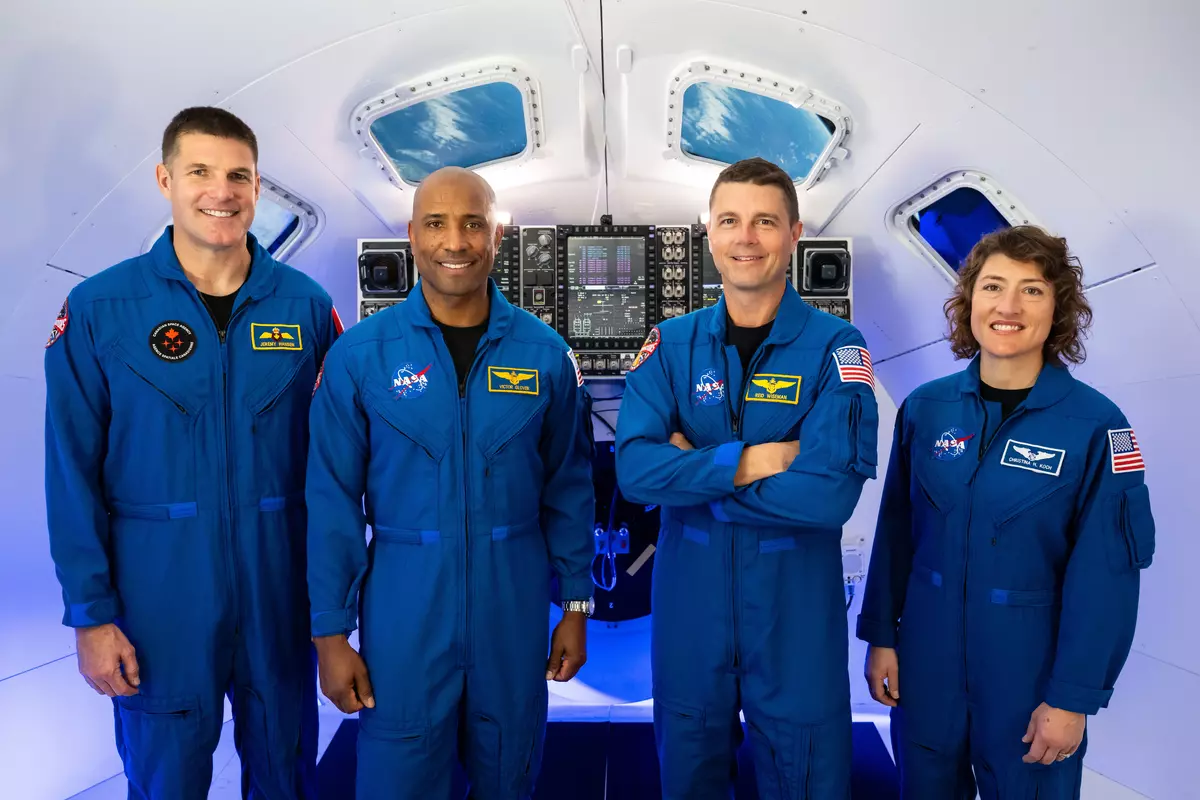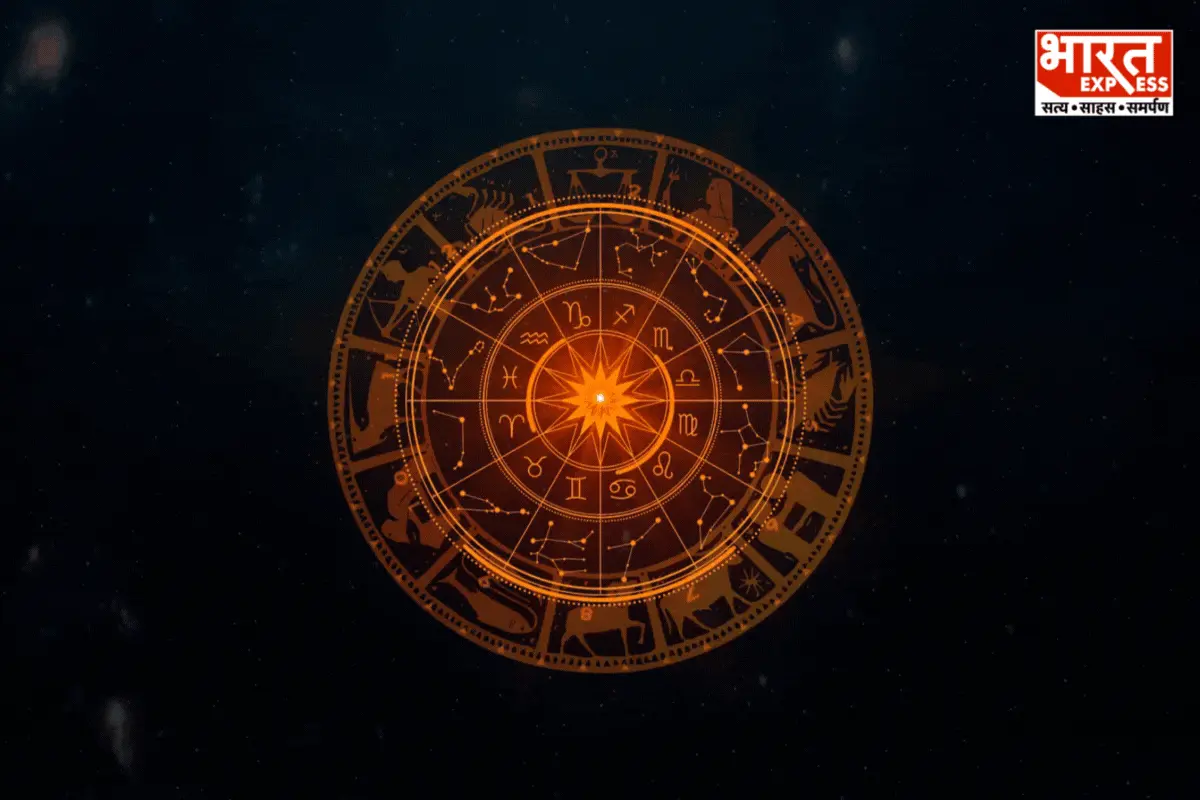
NASA astronauts Reid Wiseman, Victor Glover, Christina Hammock Koch, and CSA (Canadian Space Agency) astronaut Jeremy Hansen
NASA’s Instagram account is nothing short of a gold mine for people who enjoy getting a peek into astronauts’ daily lives. NASA has published information about the Artemis II crew’s new training programme.
The crew will train for roughly 18 months and receive in-depth instruction on the Orion spacecraft and Space Launch System (SLS) rocket that will carry them to the Moon.
Additionally, they will learn how to use and maintain systems during the mission’s ascent, orbit, coast, and entry phases as well as how to react in an emergency.
In the caption, NASA wrote, “While some of us are enjoying the start of summer vacation, these astronauts have just begun their training for the @NASAArtemis II mission around the Moon and back. This mission will send @NASAAstronauts @Astro_Reid, @AstroVicGlover, and @Astro_Christina, and @CanadianSpaceAgency astronaut @AstroJeremy on a 10-day flight test around the Moon. Their journey will be the first crewed mission on our path toward establishing a long-term presence on the Moon”.
“The crew will train for about 18 months and receive detailed lessons on the Orion spacecraft and Space Launch System (SLS) rocket that will take them to the Moon. They will also learn to operate and monitor systems for the ascent, orbit and coast, and entry phases of the mission and how to respond in emergency situations”, the space agency added.
View this post on Instagram
NASA’s Artemis missions will establish long-term lunar science and exploration capabilities while inspiring the Artemis generation of explorers.
The space agency stated that Artemis II builds on the success of the uncrewed Artemis I in 2022 when engineers tested NASA’s new mega Moon rocket for the first time and pushed Orion to its limits to better understand how it operates in the harsh environment of deep space over a 1.4-million-mile journey beyond the Moon and back.
Also read: NASA’s MAVEN Spacecraft Astounds With Ultraviolet Photos Of Mars
To read more such news, download Bharat Express news apps


















